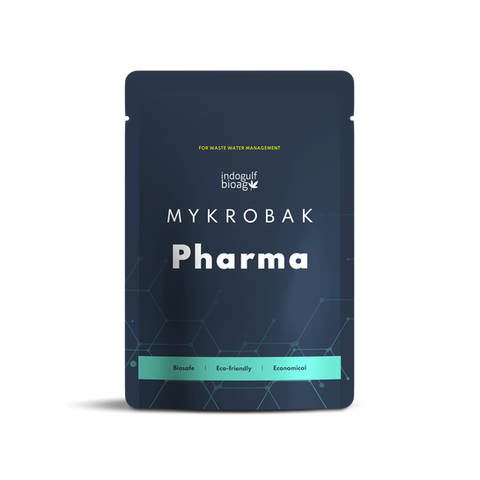
Wastewater Treatment
Plant wastewater treatment is a critical process for purifying sewage and industrial effluents by removing contaminants such as organic matter, pathogens, and chemical pollutants. This ensures water is safe for discharge into the environment or reuse in various applications. Advanced techniques, including biological phosphorus removal from wastewater, nitrogen removal from wastewater, and microbial wastewater treatment, play a pivotal role in sustainable water management.
What it is
Microorganisms are the backbone of wastewater treatment processes.
Key roles include:
Organic Matter Degradation: Aerobic and anaerobic bacteria break down complex pollutants into simpler compounds.
Nutrient Removal: Specific bacteria, such as Nitrosomonas europaea and Nitrobacter winogradski, facilitate nitrogen removal from wastewater through nitrification and denitrification processes.
Phosphorus Uptake: PAOs accumulate excess phosphorus, contributing to efficient biological phosphorus removal from wastewater.
Wastewater Treatment
Our Products
Explore our range of premium Plant Waste Water Treatment solutions tailored to meet your needs, ensuring efficient, sustainable and biological water management for agricultural practices.




















